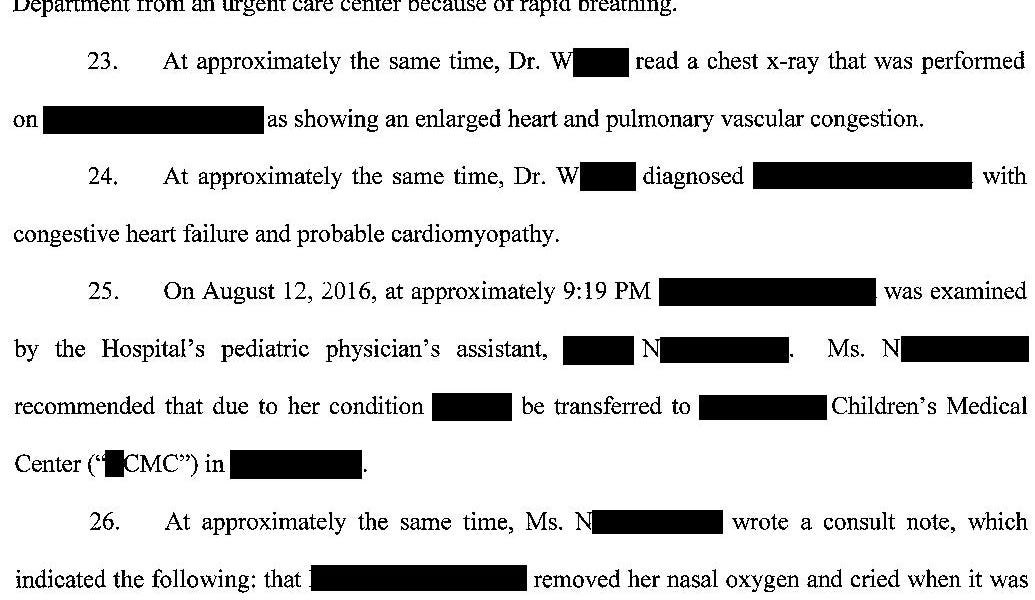I'm not arguing that minutes matter for some patients, it's just that for the vast majority of HEMS flights they don't, and for those that do the majority of "transfer time" is not time spent in the ambulance/helicopter, it's spent wrangling a bed and then waiting on EMS to show up in the first place, plus time at the receiving hospital getting them to the procedure bay (for the M1 example).
If you're at a rural CAH 2 hours by ground from the closest tertiary center, HEMS is a lifesaver. But if you're in (perhaps speaking from experience...) the suburbs surrounding Philadelphia you're saving maybe 30 minutes in transport time at best, and yet there are something like 10 HEMS units serving the area. And a large amount of those transports could potentially be avoided with better 911 EMS triage (like bypassing an 80 bed "stroke center" to proceed to a larger hospital 15 minutes further away with procedural stroke services).
I'm not in EMS any more, and obvious by my username not in EM, but how many high grade SAH patients who present to a facility incapable of placing an EVD are going to have a transfer time where they have a good outcome?

